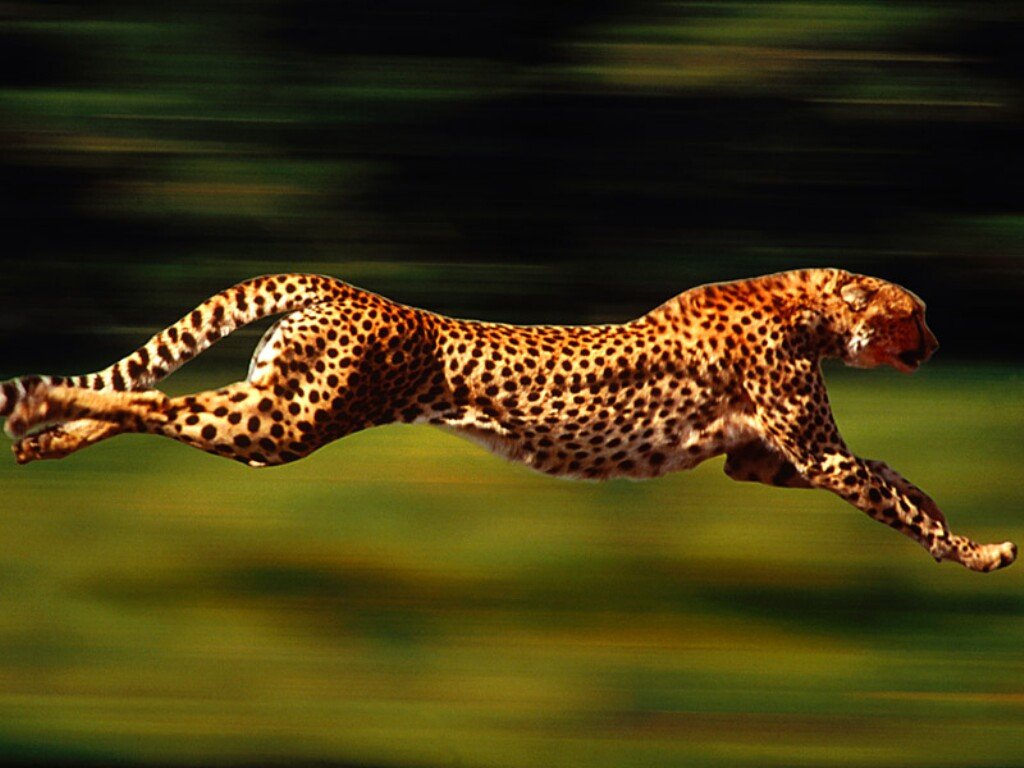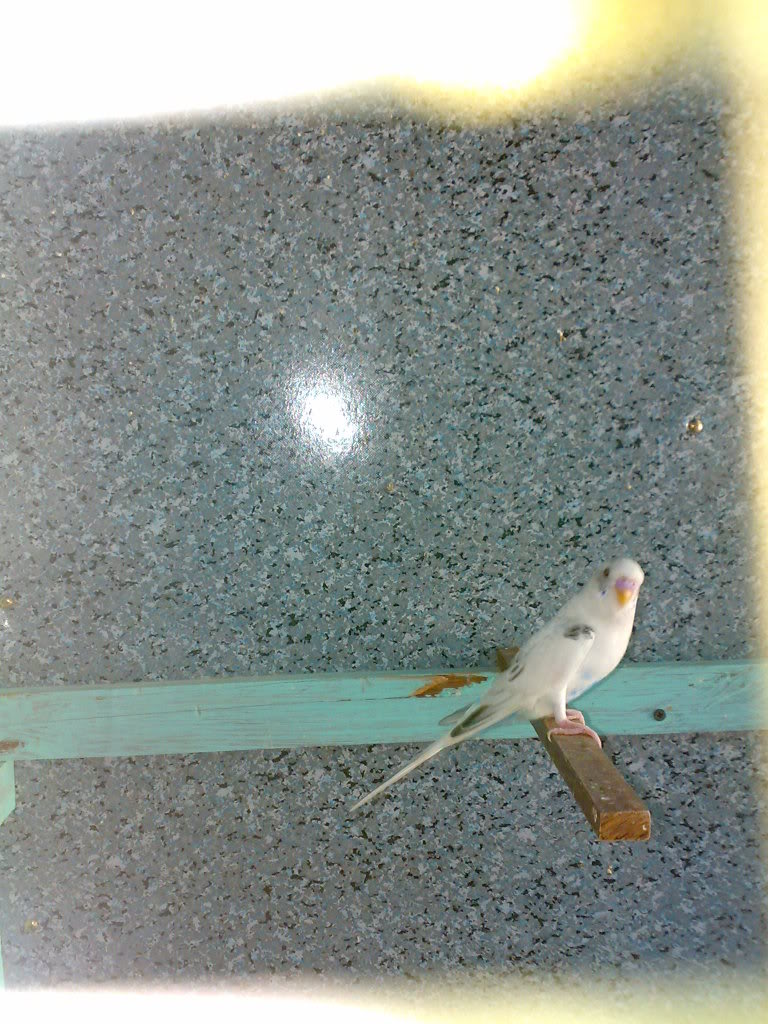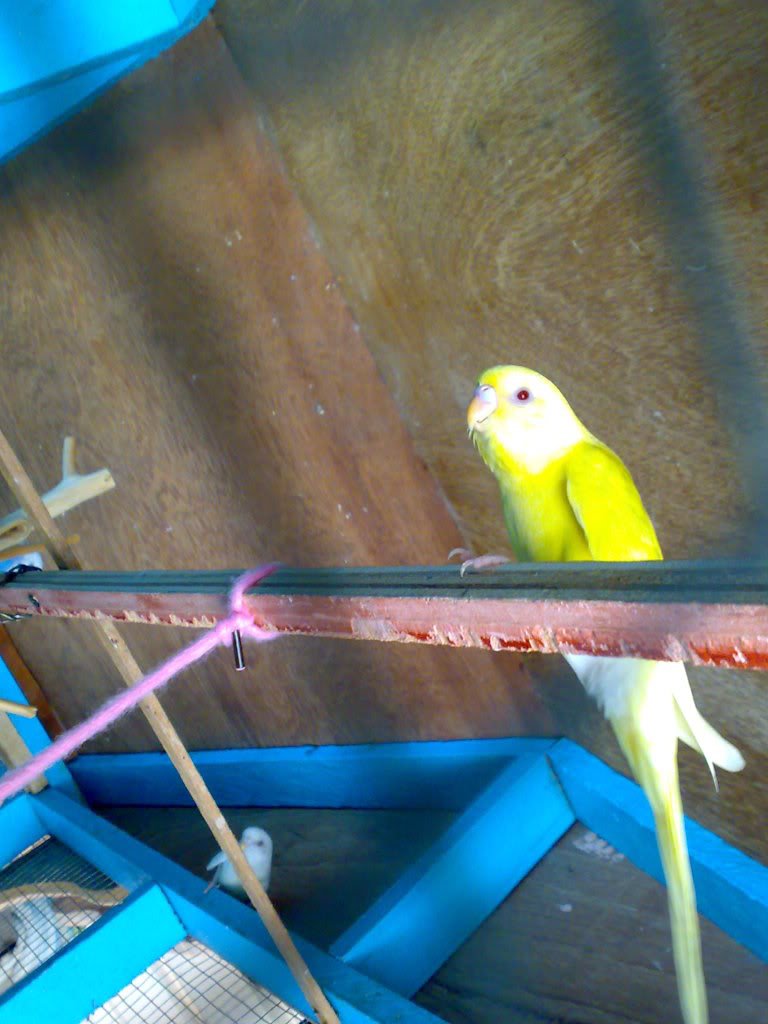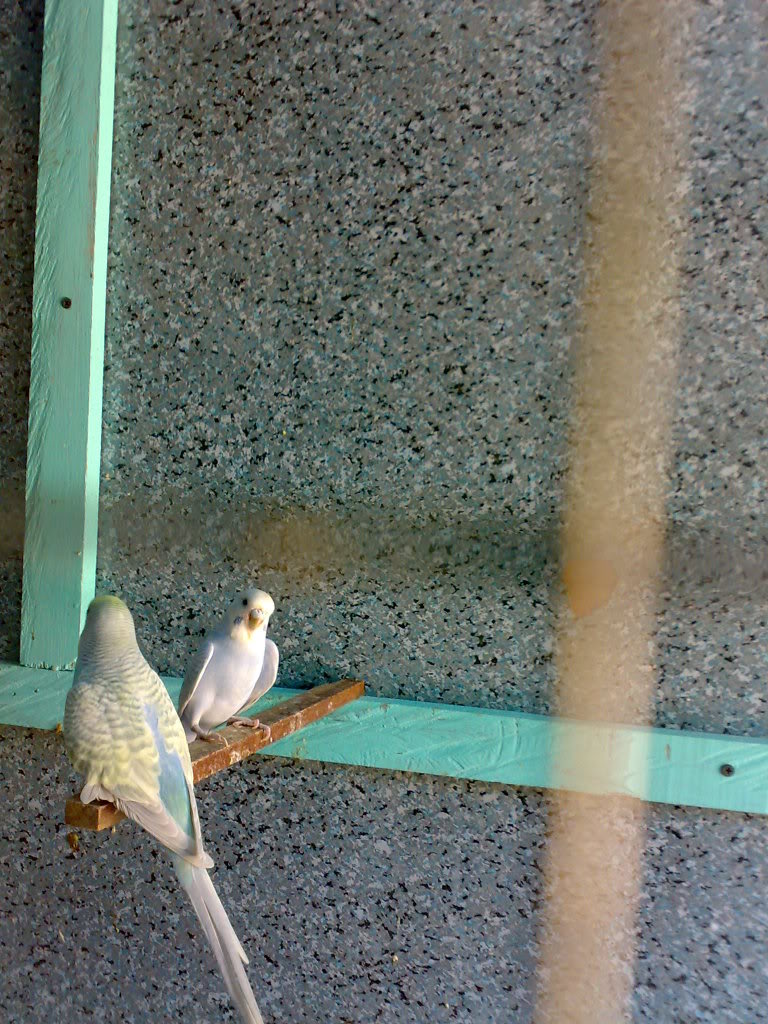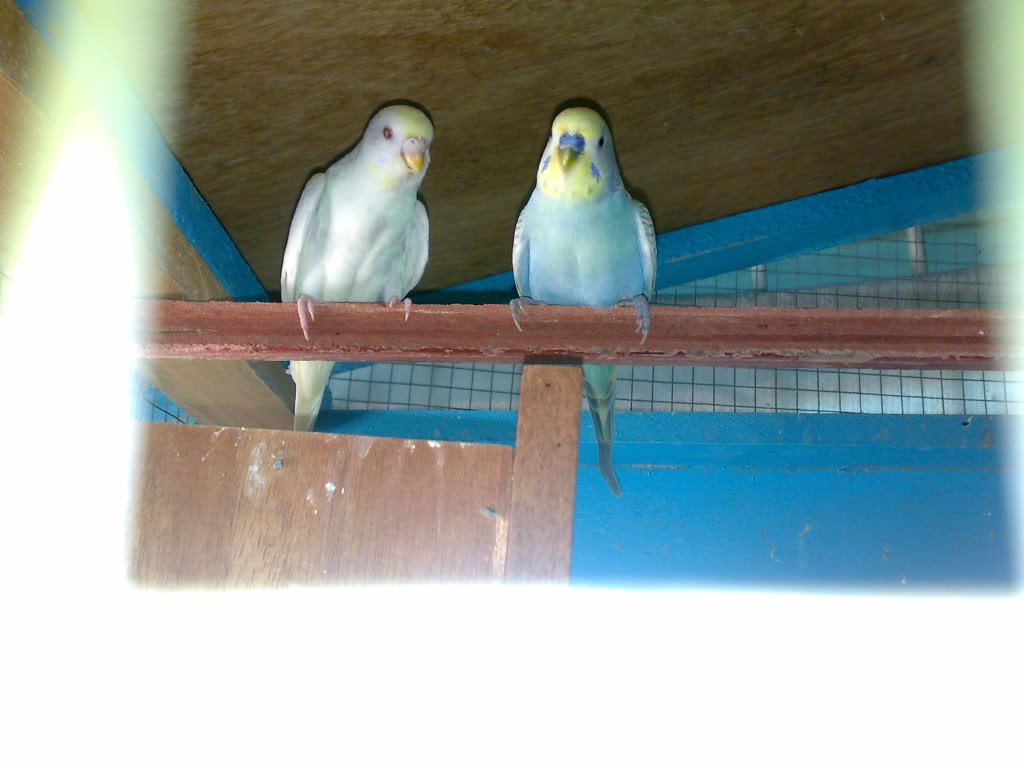Woodrow
May Allah have mercy on him رحمة الله عليه
- Messages
- 17,217
- Reaction score
- 4,224
- Gender
- Male
- Religion
- Islam
ha but a cheetah does not have gravity and wind on its side
How about the lowly deer fly. Getting hit by one hurts like the bejabbers:
I doubt if the old reported speeds are true. But have watched them and being hit by some I agree the speed of 50MPH is very probable.
The name deer botfly (also deer nose bot) refers to any species in the genus Cephenemyia, within the family Oestridae. They are large, gray-brown flies, often very accurate mimics of bumblebees. They attack chiefly the nostrils and pharyngeal cavity of members of the deer family. The larva of Cephenemyia auribarbis, infesting the stag, is called a stagworm[1]. The genus name, also spelled Cephenomyia, comes from the Greek kēphēn, drone bee, and myia, fly.
It was reported for many years that Cephenemyia was the fastest of all flying insects, cited by the New York Times and Guinness Book of World Records as traveling at speeds of over 800 miles per hour[2]. The source of this remarkable claim was an article by entomologist Charles H. T. Townsend in the 1927 Journal of the New York Entomological Society, wherein Townsend claimed to have estimated a speed of 400 yards per second while observing Cephenemyia pratti at 12,000 feet in New Mexico[3].
In 1938 Irving Langmuir, recipient of the 1932 Nobel Prize in Chemistry, examined the claim in detail and refuted the estimate[4]. Among his specific criticisms were:
* To maintain a velocity of 800 miles per hour, the 0.3-gram fly would have had to consume more than 150% of its body weight in food every second;
* The fly would have produced an audible sonic boom;
* The supersonic fly would have been invisible to the naked eye; and
* The impact trauma of such a fly colliding with a human body would resemble that of a gunshot wound
Using the original report as a basis, Langmuir estimated the deer botfly's true speed at 25 miles per hour.
The latest edition of Encyclopaedia Britannica cites a speed of 80 km (50 miles) per hour for this fly[5]. Time magazine published an article in 1938 "debunking" Townsend's calculations[6]. But the New York Times, which ran a story in 1937 on "the fastest creature that lives'[7], has not yet published a correction.
For such a little creature a steady speed of 50 MPH is nearly unbelievable. The Cheetah is faster in a short spring but, it can not maintain a fast steady speed.

